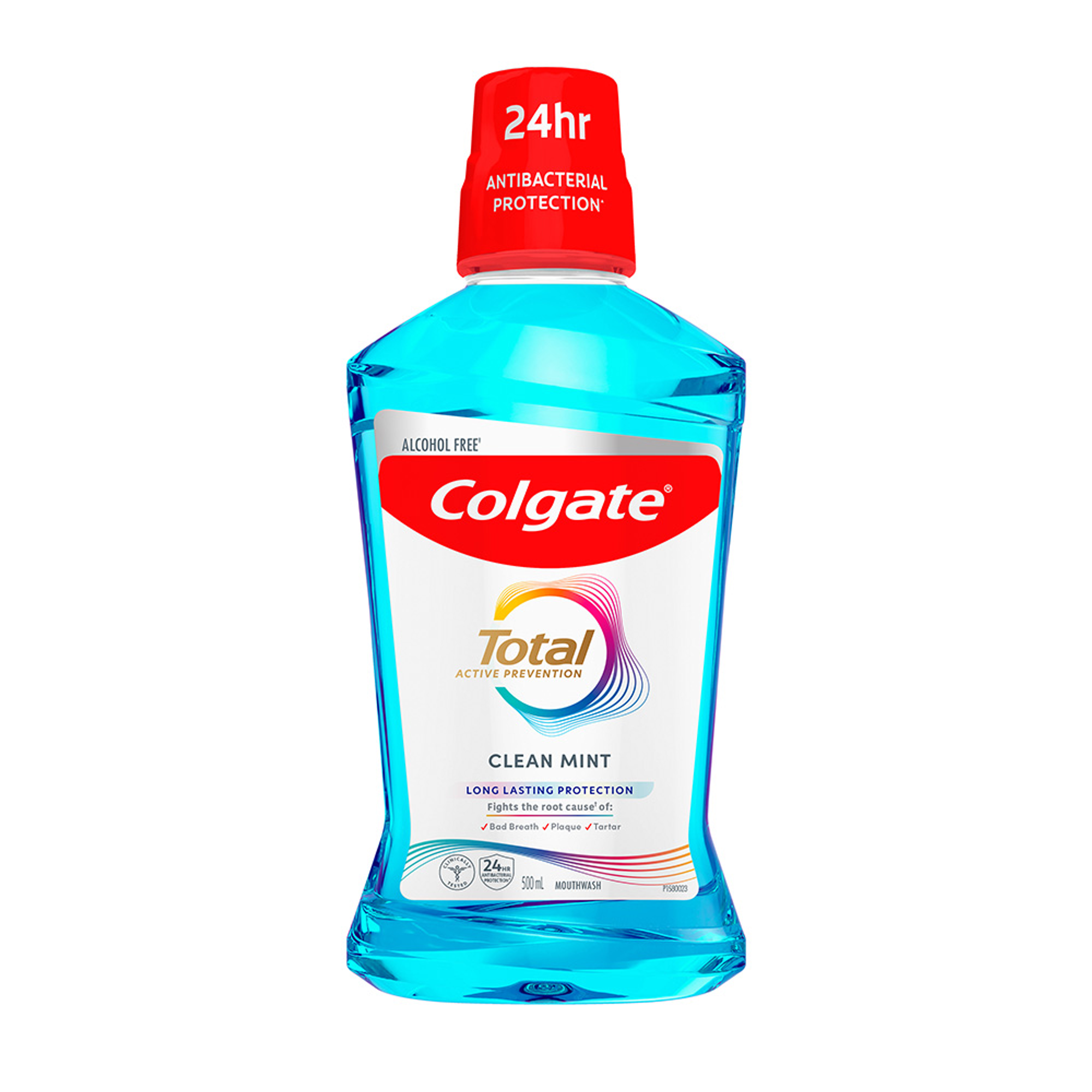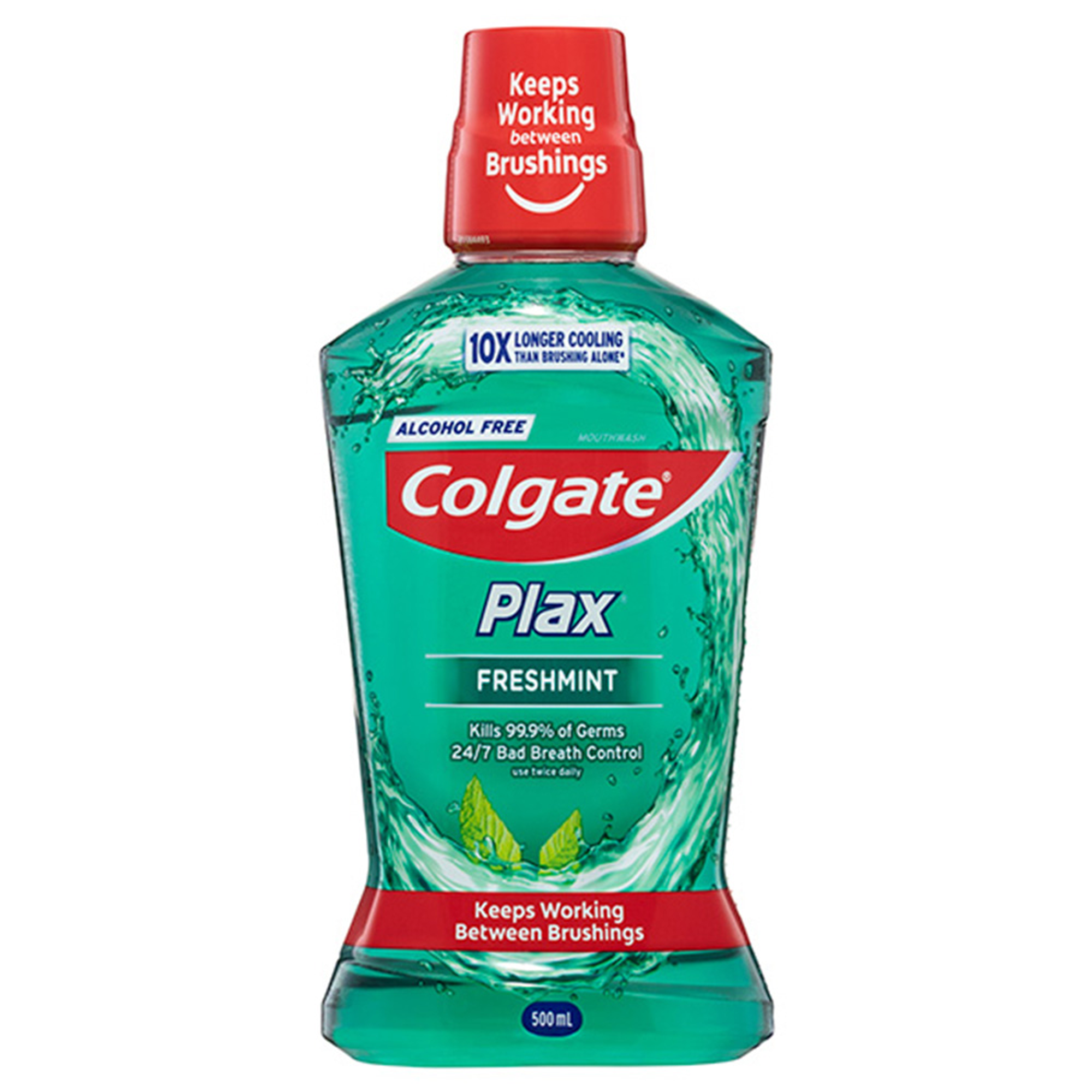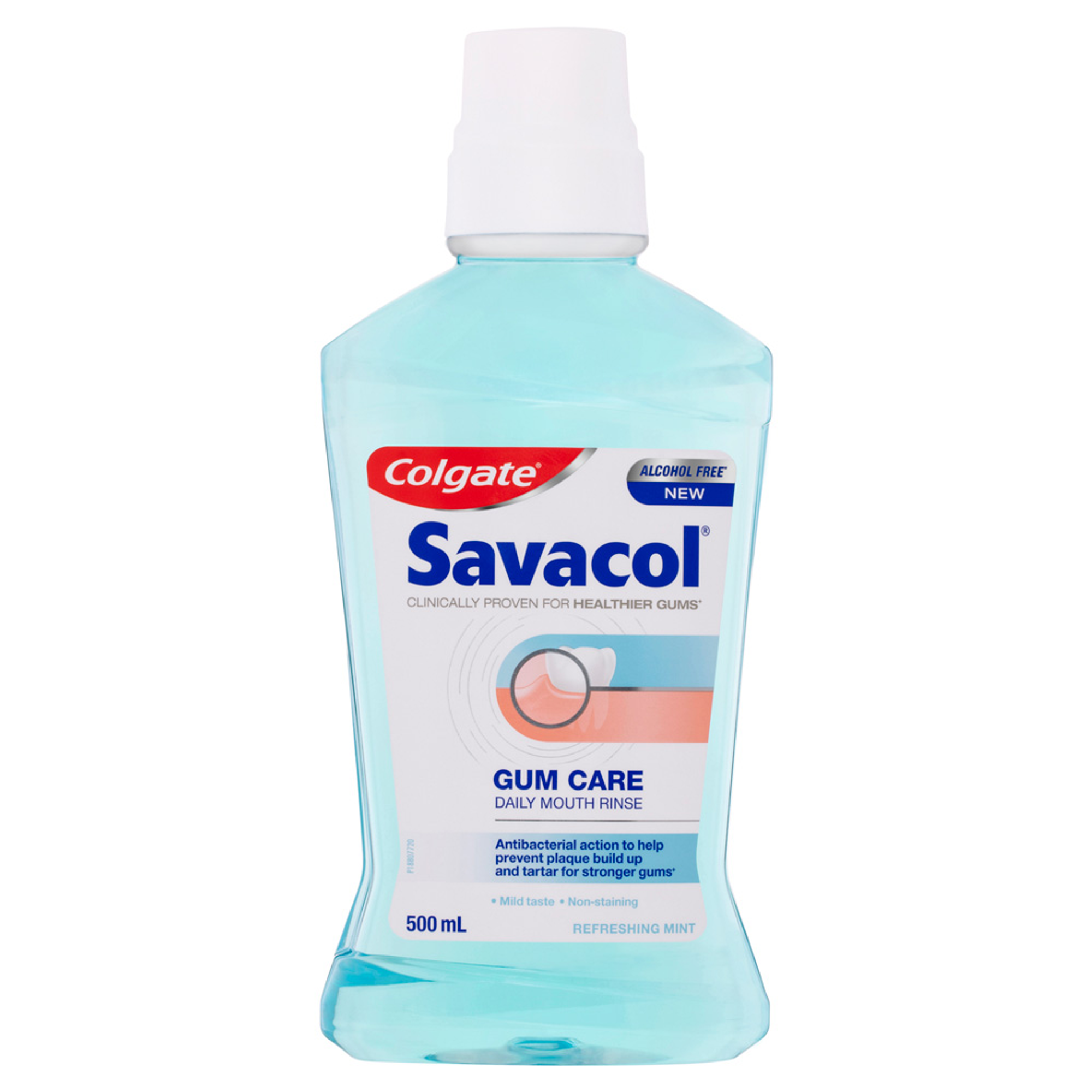
Accessing healthcare services can be a nerve-racking experience for many, but this can be an especially anxiety-inducing experience for patients who identify with the LGBTQIA+ community. LGBTQIA+ is an inclusive, evolving acronym which encompasses people who identify as lesbian, gay, bisexual, transgender, queer or questioning, intersex, asexual, and other gender identities and sexualities that lie on the spectrum but are not yet described (The Centre 2022).
The Australian Human Rights Commission (2014) highlighted that:
● Up to 11 in 100 Australian’s identify with a diverse sexual orientation, sex or gender identity
● LGBTQIA+ people are three times more likely to experience depression
● 34% of people who identify as LGBTQIA+ hide their sexuality or gender identity when accessing services.
● 60% of LGBTQIA+ people have experienced verbal abuse because of their sexuality and or gender identity.
Due to the societal stigmatisation of this community, LGBTQIA+ people are likely to carry with them a high degree of mistrust when accessing healthcare out of fear of discrimination or mistreatment (Aguilar & Fried 2015). These patients may have experienced discrimination in the past from family, friends, workplaces, healthcare providers or may be in a situation where they are at risk of experiencing isolation by their family whilst they are still in the closet about their sexual orientation and/or gender identity (Aguilar & Fried 2015). As such, this can result in a fear of accessing services and disclosing relevant health history information such as medications or surgeries concerning their gender identity or sexuality. So how can dental professionals foster an inclusive and safe space in the dental setting for LGBTQIA+ patients?
Displays of support
Showing visible displays of support for the community whilst seemingly small, can create a positive first impression for patients even before they walk in the front door. This can be in the form of a rainbow/pride flag or other post celebrating inclusivity placed on the front window of the practice, home page on the clinic website, and on the new patient enrolment forms at reception (Barrera 2021). Staff may also choose to wear pride flag pins or other symbols visible to patients to show their support as an ally.
Practices should also consider having accessible, gender-neutral bathrooms for all patients to use rather than binary male/female specific facilities. This can be simply done by removing gender specific signage on the doors of toilets (male/female) and have simply labelled as ‘toilet’.
Education & Training
Workplaces and practitioners should also participate in LGBTQIA+ cultural competency training and ongoing professional education (Aguilar & Fried 2015). This can ensure all staff members feel equipped with the knowledge on LGBTQIA+ matters to ensure appropriate and mindful approaches to care. This can also empower staff to be an effective ally and call out any insensitive or derogatory commentary (Gilliver & Dimitroff 2021). Employers can also implement policies to cultivate and celebrate diversity in the workplace.
Language
Transgender and non-binary patients are often subject to incorrect gendering by health professionals (Gilliver & Dimitroff 2021). Many complications can arise for these patients and can be especially true for transgender patients beginning their transition. Such complications can include but are not limited to, the use of incorrect pronouns or the use of a patient’s former name prior to their transition. Former names can still be found on patient’s private health insurance policies and Medicare cards.
Practices can help to resolve these stresses by creating spaces on new patient enrolment forms or medical history forms for patient’s preferred name and for them to note their preferred pronouns (he/him/she/her/they/them) and their gender identity (make sure not to just list binary terms such as male & female) (Gilliver & Dimitroff 2021). The ability for patients to update their information at recall appointments electronically (i.e. via an online form) can create a non-confrontational way to update their pronouns and gender identify. Some dental program software may also not have the ability to enter in non-binary gender identities so staff may need to consider other strategies to correctly note a patient’s preferred gender identity and pronouns (Gilliver & Dimitroff 2021).
In addition to these strategies, all staff can be mindful to avoid the use of gender specific language (such as husband/wife/boyfriend/girlfriend) and use alternative non-gender specific terminology such as ‘partner’ (Gilliver & Dimitroff 2021). And if you’re ever unsure, you can always ask a patient for their preferred pronouns. The intention to create an inclusive space will always be appreciated.
Finally, practitioners can consider referring LGBTQIA+ patients to organisations equipped with a vast range of services for the community (Aguilar & Fried 2015).
Australia
QLife provides an extensive list of organisations that provide support services for LGBTQIA+ communities across Australia.
https://qlife.org.au/resources/directory
Aotearoa/New Zealand
Te Ngākau Kahukura provides an extensive list of organisations that provide support services for LGBTQIA+ communities across Aotearoa/New Zealand.
Aguilar, E & Fried, J 2015, ‘Enhancing Dental and Dental Hygiene Student Awareness of the Lesbian, Gay, Bisexual and Transgender Population’, The Journal of Dental Hygiene, vol. 89, no. 1, pp. 11-16.
Gilliver, A & Dimitroff, D 2021, ‘Ten Things Dental Students Can Do To Support LGBT+ Patients’, British Dental Journal, vol. 28, no. 1, pp. 18-22.
Barrera, A 2021, ‘How Dentists Can Support the LGBTQ+ Community’, SPEAR, viewed 26th August 2022, https://www.speareducation.com/spear-review/2021/06/how-dentists-can-support-the-lgbtq-community.
The Centre 2022, ‘What is LGBTQIA+?’, Lesbian & Gay Community Services Center Inc., viewed 26th August 2022, https://gaycenter.org/about/lgbtq/.
William 'CJ' Carlson-Jones is an Oral Health Therapist currently working as a lecturer with the University of Sydney teaching into their Bachelor of Oral Health program. Completing his Bachelor of Oral Health, Graduate Certificate in Oral Health Science, and Master of Business Administration CJ has strong aspirations to facilitate accessible, high quality dental care for all Australians. CJ has also commenced further studies undertaking a Doctor of Philosophy with the University of Queensland. His research will focus primarily on impact the transitional workforce from dental therapist to oral health therapist might have upon consumers, public dental services, tertiary institutions, and regional areas. He is the Director of Finance and Acting Vice-President for the Australian Dental & Oral Health Therapists’ Association (ADOHTA) and is a strong advocate for a team approach to dental care. CJ continues to strive for high-level corporate governance through his membership with the Australian Institute of Company Directors (AICD). He is a founding representative on the Colgate Advocates for Oral Health: Editorial Community.
Join us
Get resources, products and helpful information to give your patients a healthier future.
Join us
Get resources, products and helpful information to give your patients a healthier future.











